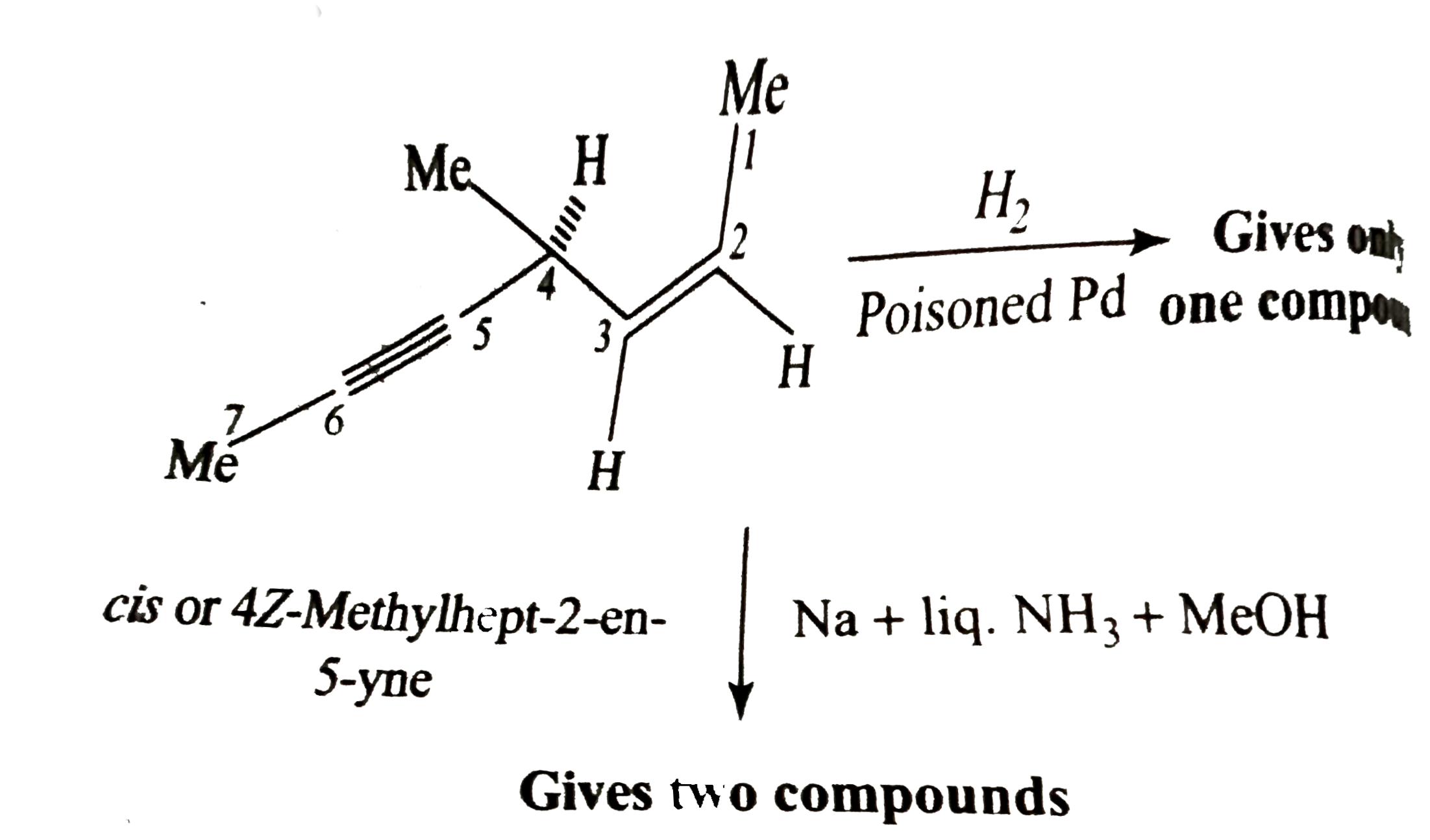In the light of Griffith's experiment , explain the action of two strains of Diplococcus pneumoniase and give his conclusion .
Explanation of two strains of Diplococcus pneumontae in the light o( Griffith experiment :
( 1) Griffith perfa rmed experiments using a bacterium, Diplococcus pneumoniae which infects mammals with pneumonia.
(2). This bacterium has two strains, viz., 'S' type which is smooth and capsulated and 'R' type which is noncapsulated and rough. 'S' type bacterium is virulent, capable of causing pneumonia if injected into healthy mice. 'R' type bacterium is nonvirulent and does n9t cause infection when injected into healthy mice.
(3) Griffith performed four sets of experiments: .
(i) In first set, he injected mice with 'S' type of bacteria. Here mice developed pneumonia.
(ii) In second set, he injected mice with 'R' type of bacteria. Mice remained healthy as they did not catch infection of pneumonia.
(iii) In third experiment, he injected heat killed 'S' type of bacteria in the mice. Mice in this case remained healthy.
(iv) In fourth experiment, he took the mixture of heat killed 'S' type bacteria and living 'R' type bacteria. He injected this mixture into healthy mice. Mice were infected with. pneumonia and died.
(4) To analyze the results, Griffith collected the blood sample from dead mice. He obtained living 'S' type bacteria after culturing the blood samples.
2. Conclusion of Griffith: (I) Griffith concluded that living 'R' type bacteria picked up virulence from the dead 'S' type bacteria which were present in the mixture. He called this phenomenon as transformation.
(2) The transforming principle present in dead 'S' type bacteria was picked up from the surrounding medium and transformed into the living 'R' bacteria. 'R' type bacteria were able to synthesize a smooth polysaccharide coat or capsule and became virulent. This transforming principle was passed on to the next generations. Hence it was thought to be the genetic material. Later it was found to be DNA.
Topper's Solved these Questions
- BOOK - NAVNEET PUBLICATION - MAHARASHTRA BOARDCHAPTER - SHORT ANSWER QUESTIONS -IIEXERCISE - Ch- 3 (Biotechnology : Process and Application)9videos
SHORT ANSWER QUESTIONS -II
- BOOK - NAVNEET PUBLICATION - MAHARASHTRA BOARDCHAPTER - SHORT ANSWER QUESTIONS -IIEXERCISE - Ch-4 (Enhancement in Food Production)5videos
SHORT ANSWER QUESTIONS -II
- BOOK - NAVNEET PUBLICATION - MAHARASHTRA BOARDCHAPTER - SHORT ANSWER QUESTIONS -IIEXERCISE - Additional Important Questions for Self-practice7videos
SHORT ANSWER QUESTIONS -II
- BOOK - NAVNEET PUBLICATION - MAHARASHTRA BOARDCHAPTER - SHORT ANSWER QUESTIONS -I EXERCISE - Chapter 19 : Organisms and Environment - II7videos
SHORT ANSWER QUESTIONS -I
- BOOK - NAVNEET PUBLICATION - MAHARASHTRA BOARDCHAPTER - SHORT NOTES EXERCISE - Short notes on2videos
SHORT NOTES
Similar Questions
Explain the Griffith’s experiment in detail with diagram.
View Solution(a) Explain with the help of Griffith's experiment how the seach for genetic material was conducted and what was the conclusion drawn ?
(b) How did Macleod,Mc Carty and Avery establish the Bio-Chemical nature of the so called "genetic material" identified by Griffith in his experiment.View Solution
Knowledge Check
- Question 1 - Select One
In griffith's experiment, the conversion of R-type to S-type of Diplococcus pneumoniae when mixed with heat killed S-type is called
Or
The uptake of naked DNA by bacteria is calledAMutationBTransductionCTransfectionDTransformation - Question 2 - Select One
In Fresnel's biprims experiment, the two sources of light are
Atwo virtual images of sliteBtwo real imatges of sliteCtwo independent of lightDnone of these
Describe Frederick Griffith's experiment on Streptococcus pneumoniae. Discuss the conclusion he arrived at.
View SolutionDescribe Frederick Griffith’s experiment on Streptococcus pneumoniae. Discuss the conclusion he arrived at.
View SolutionName two different types of waves. Give an experiment to explain the formation of transverse waves.
View Solution(a) Describe the various steps of Griffith's experiment that led to the conclusion of the 'Transforming Principle'.
(b) How did the chemical nature of the 'Transforming Principle' get established ?View SolutionExplain

Gives two compounds.View SolutionGive examples and explain the accommodative experience of Belgium for peace and harmony.
View Solution

